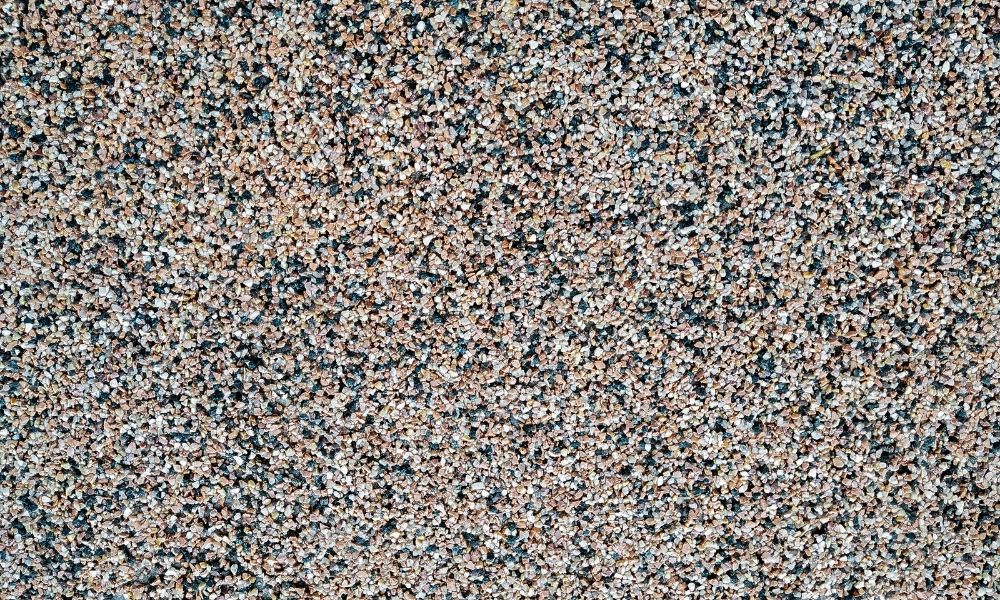Selecting the right epoxy for quartz and other stone surfaces is critical for ensuring both aesthetic appeal and long-term durability in stone installations and repairs. This guide provides an in-depth look at the factors involved in choosing the right epoxy, emphasizing the importance of compatibility, strength, and application techniques. We’ll explore various types of epoxies, their specific uses, and offer tips for achieving optimal results in stone bonding and repair tasks.
Understanding Epoxy and Its Importance in Stone Fabrication
Epoxy resin systems are widely used in the stone industry due to their strong bonding properties and versatility in applications ranging from simple bonding to complex repairs and finishing touches.
Key Properties of Epoxy
- Adhesion: High-quality epoxies provide strong adhesion to a variety of surfaces, including quartz, which is crucial for effective bonding and sealant purposes.
- Viscosity: The thickness of the epoxy affects its flow and the ease of application, determining its suitability for different types of projects.
- Cure Time: Epoxies vary in cure time, affecting how quickly a surface can be used post-application.
For more information on specific products like those designed for quartz surfaces, you can explore quartz compatible epoxy options available at BB Industries.
Types of Epoxy and Their Applications
Different projects require different types of epoxy, each formulated to meet specific needs such as transparency, color matching, or outdoor durability.
Common Types of Epoxy Used on Quartz
- Clear Epoxy: Used for projects where a transparent finish is desired to highlight the natural beauty of the stone without visible bonding lines.
- Tinted Epoxy: Ideal for matching or enhancing the color of the quartz or stone surface.
- UV Resistant Epoxy: Necessary for surfaces that will be exposed to sunlight, preventing yellowing over time.
Selecting the Right Epoxy for Quartz Surfaces
Choosing the right epoxy involves considering the specific requirements of the project and the properties of the stone surface.
Factors to Consider
- Compatibility: Ensure that the epoxy is compatible with quartz to prevent damage or disfigurement over time.
- Strength Requirements: Consider the mechanical stresses that the bonded area will need to withstand.
- Aesthetic Considerations: Select an epoxy that will maintain the integrity and appearance of the stone surface.
For professionals in the stone industry, BB Industries provides a wide range of epoxy products that meet various application needs and quality standards.
Tips for Applying Epoxy on Quartz Surfaces
Proper application is crucial for maximizing the efficacy and longevity of the epoxy bond.
Application Tips
- Surface Preparation: Ensure that both surfaces are clean, dry, and free of any dust or grease before application.
- Mixing Epoxy: Mix the resin and hardener at the recommended ratio for optimal performance.
- Applying Epoxy: Use tools like spatulas or epoxy guns for even application, and be mindful of the working time and cure time of the epoxy.
Understanding the Role of Epoxy in Stone Repair and Maintenance
Beyond initial installation, epoxies play a significant role in the maintenance and repair of stone surfaces, providing a reliable solution for filling cracks, bonding broken pieces, and enhancing surface durability.
Maintenance and Repair Uses
- Crack Filling: Select a high-penetration epoxy for effectively sealing cracks in stone surfaces.
- Enhancing Surface Strength: Regular application of protective epoxy can increase the surface’s resistance to wear and tear.
Choosing the right epoxy for quartz surfaces is essential for achieving both functional strength and aesthetic perfection in stone fabrication and maintenance. By understanding the different types of epoxies and their specific applications, professionals can ensure that they select the best product for their needs. For a comprehensive selection of epoxy products tailored for stone surfaces, visit BB Industries and explore their extensive range of quartz-compatible epoxies designed for optimal performance and results.












Comments